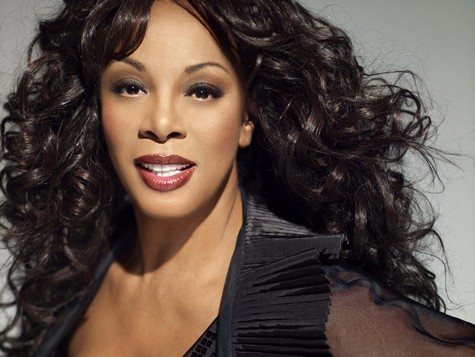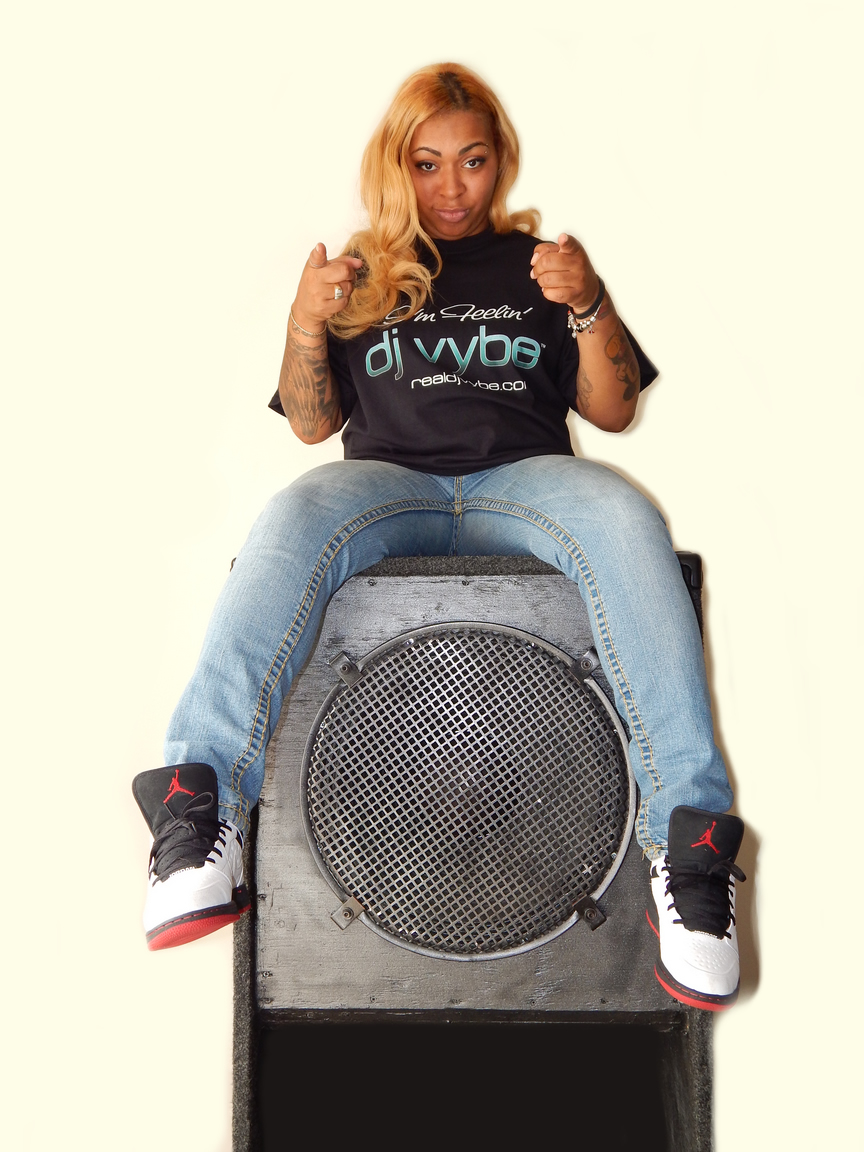Death of A Diva: Donna Summer
Summer was born Ladonna Adrian Gaines on December 31, 1948 in Boston, Massachusetts to parents Andrew and Mary Gaines and was one of seven children. She and her family were raised in the Boston neighborhood of Dorchester. Her father, Andrew Gaines, was a butcher, and her mother Mary, was a schoolteacher. Summer’s mother later recalled that from the time she could talk, Summer would often sing: “She literally loved to sing. She used to go through the house singing, singing. She sang for breakfast and for lunch and for supper.”

Summer’s performance debut occurred at church when she was ten, when she replaced a vocalist who had failed to show up. Her priest invited Summer to perform, judging from her small frame and voice that she would be an “amusing spectacle”, but instead Summer’s voice recalled a voice older than her years and frame. Summer herself recalled that as she sang, “I started crying, everybody else started crying. It was quite an amazing moment in my life and at some point after I heard my voice came out I felt like God was saying to me ‘Donna, you’re going to be very, very famous’ and I knew from that day on that I would be famous.”
Summer later attended Boston’s Jeremiah E. Burke High School, where she performed in school musicals and was considered popular. She was also something of a troublemaker, skipping home to attend parties, circumventing her parents’ strict curfew. In 1967, just weeks before graduation, Summer left for New York where she was a member of the blues-rock band, Crow. After they were passed by every record label, they agreed to break up. Summer stayed in New York and auditioned for a role in the counterculture musical, Hair. When Melba Moore was cast in the part, Summer agreed to take the role in the Munich production of the show. She moved to Munich after getting her parents’ reluctant approval.
Summer remained in Munich and later learned fluent German. She participated in the musicals Ich Bin Ich (the German version of The Me Nobody Knows), Godspell and Show Boat. Within three years, she moved to Vienna, Austria and joined the Vienna Volksoper. She briefly toured with an ensemble vocal group called FamilyTree, the creation of producer Guenter “Yogi” Lauke. In 1971, Summer released her first single, a cover of The Jaynetts’ “Sally Go ‘Round the Roses”, from a one-off European deal with Decca Records. In 1972, she issued the single, “If You Walkin’ Alone” on Philips. In 1974, she married Austrian actor Helmuth Sommer and had a daughter, Mimi, the following year. Citing marital problems caused by her affair with German artist (and future live-in boyfriend) Peter Mühldorfer, she divorced Helmuth. She kept his last name, but Anglicised it to “Summer”. She provided backing vocals on producer-keyboardist Veit Marvos on his 1972 Ariola records release, Nice To See You, credited as “Gayn Pierre”. Several subsequent singles included Summer performing with the group, but she often denied singing on any of the Marvos releases. The name “Gayn Pierre” was also used by Donna while performing in Godspell with Helmuth Sommer during 1972.
DJ Vybe salutes the memory and legacy of Donna Summer. R.I.P. Catch some of Donna’s timeless hits on DJ Vybe Live Broadcast. And for the best DJ of Disco music, book DJ Vybe.





